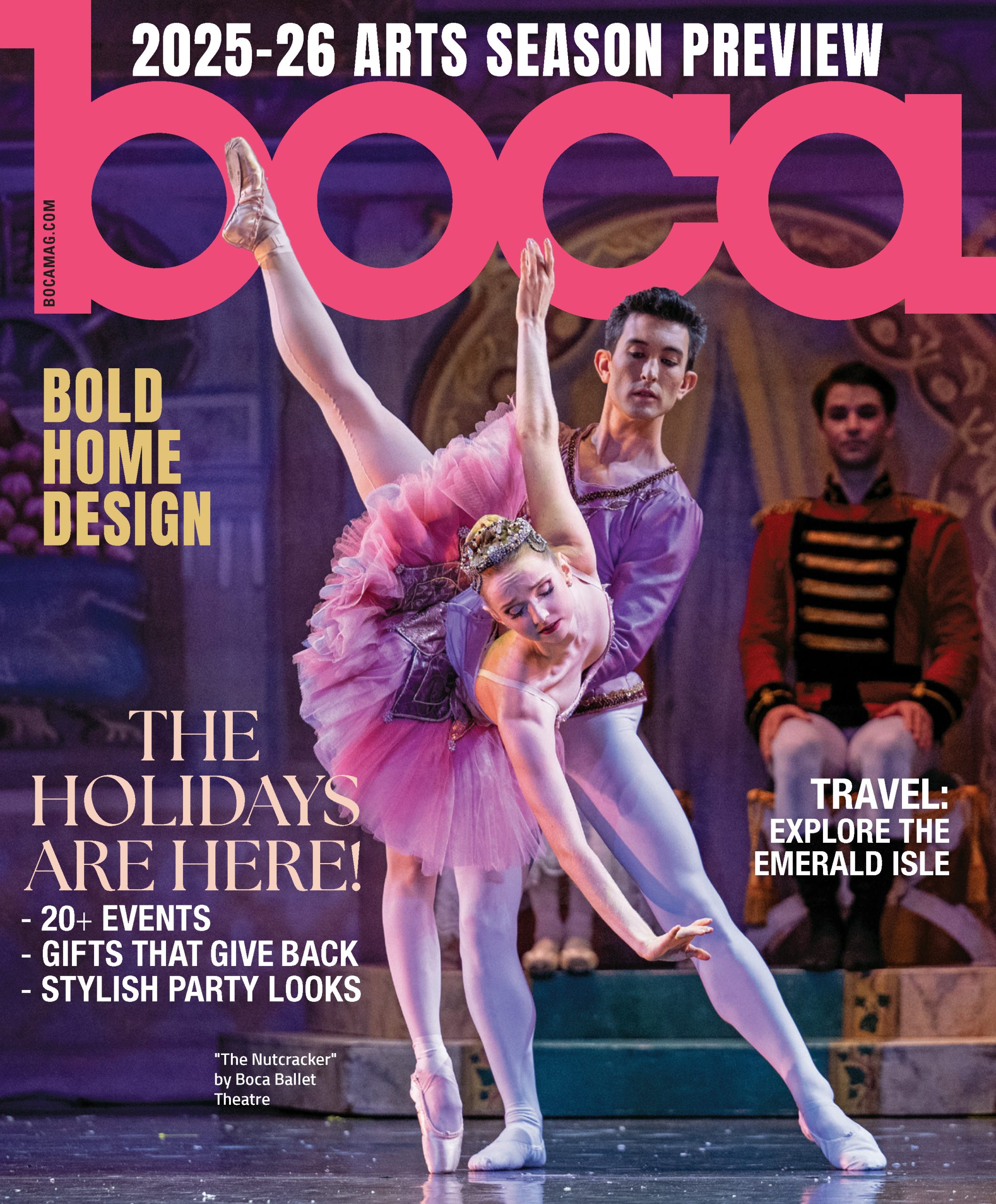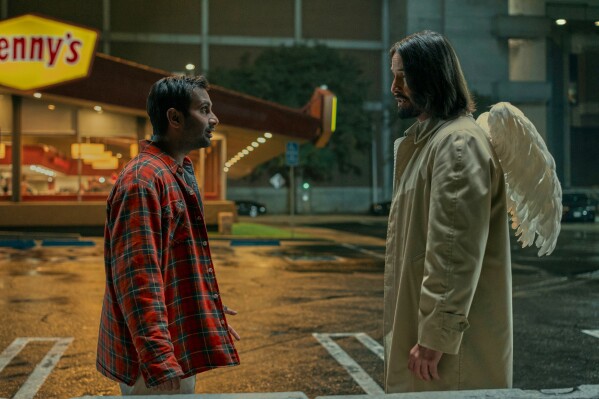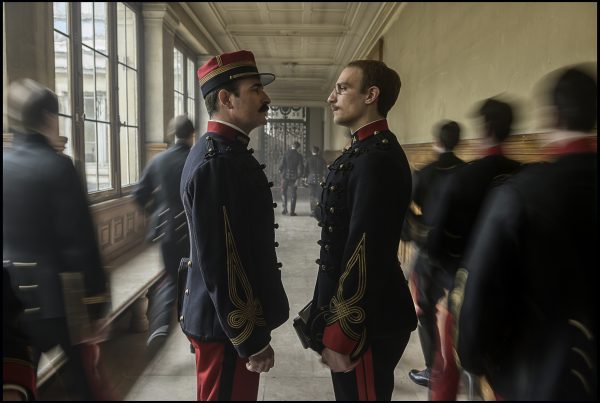The teen summer blockbuster has been out for two weeks –– the John Green best-seller it’s based on for two years –– and if you haven’t heard about “The Fault in Our Stars” yet, I’m wondering where you have been. For those who don’t know, it’s a modern-day, tragic love story about a 16-year-old cancer patient, Hazel Grace Lancaster, who falls in love with another cancer-stricken teen, Augustus Waters. While the majority of the film stays faithful to the novel, I left the theater in contrived tears, wanting more from the two-hour-plus movie.

Part of the problem is that the movie works hard—too hard—at evoking the same emotions the book had on its readers. Even if you haven’t read the book, I’m sure you’ll shed tears when [SPOILER ALERT] Shailene Woodley, who plays Hazel, cries while giving her doomed lover a mock eulogy. You might cry because it’s a sad moment, but the swelling soundtrack and the close-up on Woodley’s tear-stained face will really drive it home for you. For the music to swell up when it’s “time to cry” is not an uncommon practice, but for whatever reason, it’s painstakingly obvious this time. In the latter half of the film, it was all I could hear.
The film’s editing rhythms are just as distracting, particularly the number of reaction shots between Woodley and Ansel Elgort, who plays Augustus Waters. The cuts are jumpy, ill-fitted and excessive, taking away from the overall feeling. For example, in the book when Woodley’s character attends the same cancer group meeting as Elgort’s, she notices that Elgort is staring at her and she keeps trying to look away but, nevertheless, looks back and catches him staring. And while the movie creates a literal depiction of the scene, it still comes across as choppy and awkward. In the book, Hazel Grace is thinking “Who is this hot guy staring at me?” But in the film, it looks more like “Who’s the guy with the goofy look on his face?”

But this isn’t to say that everything is tone-deaf. Casting Woodley as Hazel was the best decision the casting directors made, and while she wasn’t the person who popped into my head while reading the book, she becomes Hazel Grace. She delivers her lines –– some of which are verbatim from the novel –– in a way that seems innate and unrehearsed; ditto with her mannerisms and facial expressions. Woodley’s interpretation of Hazel Grace really brings the movie together for me because she keeps you engaged without being over the top; there is extreme power in her subtlety and honesty. (Honorable mention goes to Nat Wolff as Isaac, a mutual friend of the protagonists who loses his eyesight as a result of his cancer. His charisma and delivery make for great source of comedic relief.)
The movie’s fidelity to the novel and its attempt at being an honest and literal adaptation of the novel is admirable, but it falls short. Some details from the book are enhanced or replaced, but these details are so few and far between that only Green’s hardcore faithful will notice. The movie doesn’t necessarily capture the spunky and witty dialogue like the adored novel does, but there is effort. This is not a lazy adaption but one that tries too hard. If you’ve seen the movie, great–– I’m kind of glad I did. If you haven’t, I would suggest you wait for its Redbox/Netflix release date and read the book in the meantime.
About Michelle:
Michelle Ferrand is a junior at Florida Atlantic University studying English Literature, Sociology and Women’s Studies, who is interning at Boca Raton magazine this summer. Disappointed with the lack of magic in the real world, she prefers to be curled up reading a good book or binge watching television shows on Netflix. She prefers an actual book to an e-reader and no, she doesn’t want to be a teacher. You can reach Michelle at michelle@bocamag.com.







